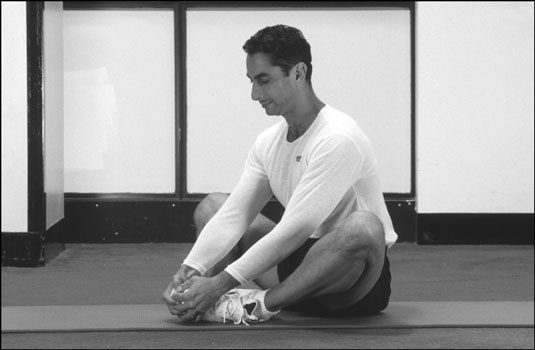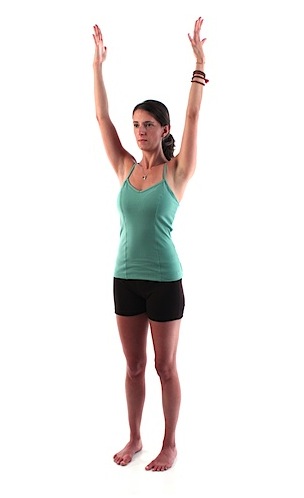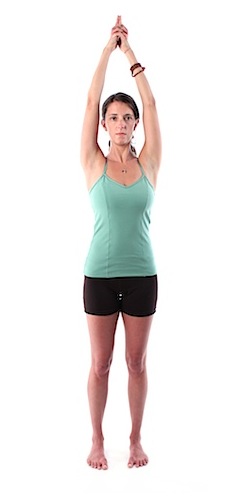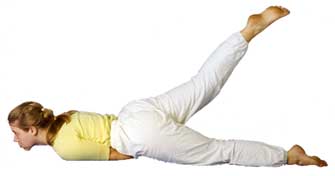One pose that can be done almost anywhere is the Butterfly Stretch. In addition to helping to loosen the hips before practicing a yoga posture, it is also great before power walking, jogging or running.
Begin by sitting on the floor. Bend the knees, bringing the soles of the feet together. Place the hands of the floor next to the hips to straighten the spine and sit up nice and tall. Next, keeping the spine straight, lean forward slightly and grasp the feet with the hands to keep the soles of the feet together. Draw the heels as close to the body as possible. Bounce the legs toward the floor repeatedly. The movement of the legs will look like the wings of a butterfly. I recommend practicing this for no longer than 60 seconds the first few times to avoid overstretching.
Mystical benefits: Aids in releasing the kriya kundalini energies.
Shanti,
S.




 RSS Feed
RSS Feed